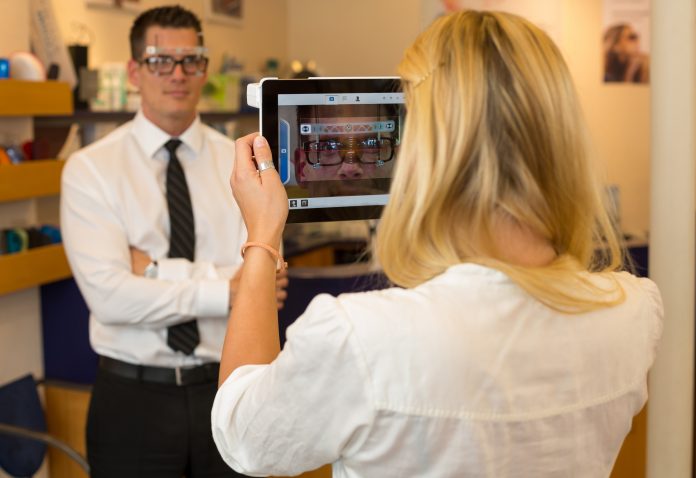The science and art of dispensing optics are ever dynamic, writes Daryl Newsome from the Association of British Dispensing Opticians. Opticians must adopt new technology, adapt their practice of dispensing and take ownership of innovation, he argues
Big impacts on the industry come from CNC (computer numerical control) engineering, artificial intelligence, 3D printing, polymer technology, fashion and the economy, all of which necessitates collaboration with professions such as optometry, dermatology, occupational health and public health.
New designs, new products, new plastics are all developing, but their benefits and limitations to the end-user must be understood, appraised, and conveyed to the patient who is the person who will use these products and quite probably pay for them.
The impact of COVID-19 on dispensing opticians
The COVID-19 pandemic has been a major driver for change across the profession. The reduction in patient contact is an issue for dispensing opticians. Most dispensing opticians (DOs) evaluate the fit and adjustment of spectacles in a tactile way, so the whole process requires close proximity. The wearing of face coverings has made frame selection on a cosmetic basis difficult. Reduced numbers of people allowed to be in the practice at any given time has led to a locked door policy in many practices: one person may enter as another leaves. Appointments must be made for dispensing, collection of spectacles and subsequent adjustments or enquiries. This is a labour-intensive way to operate and impacts adversely on commercial outcomes.
The priority for training and education of DOs is twofold. In the first instance, we need to ensure dispensing opticians are trained: a shortage of trainees this year could lead to a shortage of qualified staff in three years’ time. Secondly, in this ever dynamic and evolving industry, we need to maintain the ongoing education of already qualified dispensing opticians to the highest standards so the relevance and currency of their care and advice are maintained. The Association of British Dispensing Opticians achieves this through its Continuing Professional Development (CPD) department who deliver this education as part of their membership benefits, making the most of technology to continue CPD at a time when face-to-face meetings have been impossible.
Managing the front line in dispensing optics, as with all people facing industries, has become difficult. The use of PPE is new to us, how to don and remove training was needed, a full practice assessment of infection control and discussion of best practice has been a daily challenge. Whilst the industry and our Association, through our policy and public affairs department, has been pro-active and supportive in delivering advice on best practice, this is still advice and as such, needs interpretation to be practically applied. What was once a casual and informal drop-in retail-type approach has had to change to a controlled, instructed and potentially intimidating procedure.
Making an appointment is now more complex. Reduced appointment availability means priority has to be given to those most in need. Those with concerns about symptoms come first, then those with a need for a new appliance: spectacles, contact lenses or even a simple magnifier.
When attending for an appointment, patients are asked to wear a face covering, they are asked on arrival to sanitise their hands and questioned to ensure they are well and not experiencing any possible COVID-19 symptoms, then they are asked to sit on a wipeable chair until they are invited to see the practitioner they are booked to see. On departure, everything the patient has touched, chair, desk, mirror, reading material, sample frames, etc. are all sanitised before the practitioner washes their hands and changes PPE as appropriate. All of this addresses the reduced risk of infections spreading. Alongside this, however, the dispensing optician needs to manage anxiety; their own, their colleagues and the patients. For some people, a visit to the opticians is a rare trip away from the house and for many, the level of anxiety they experience is a surprise. As healthcare providers, we instinctively try to reduce this while performing our other roles.
The ever-changing role of a dispensing optician
The role of a dispensing optician is multifactorial, ever-changing and developing. The DO may often be the single point of contact for a patient visiting the practice. In line with NHS England’s desire to make every contact count (MECC) the role of the DO will expand and hence learning and training has to cover so many areas. The DO’s ongoing role is so much more than the supply and fitting of spectacle.











